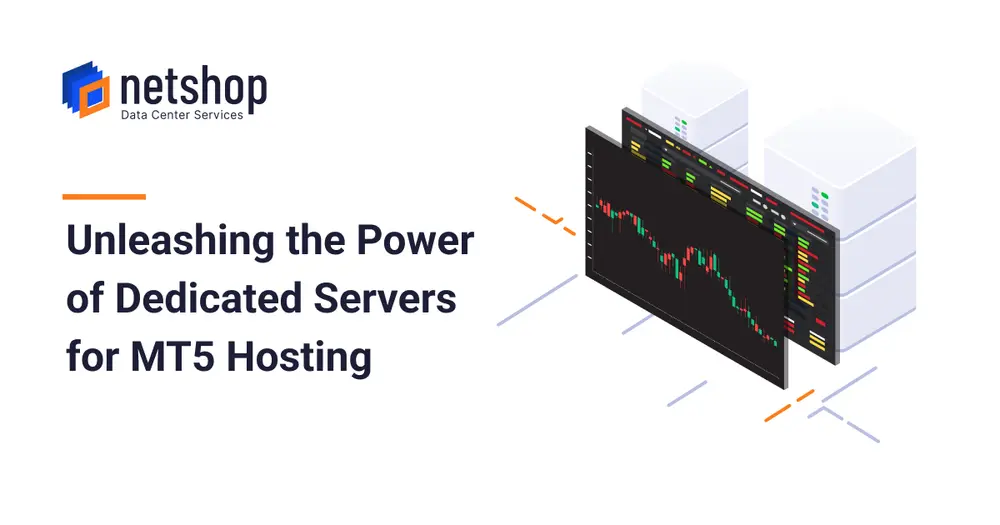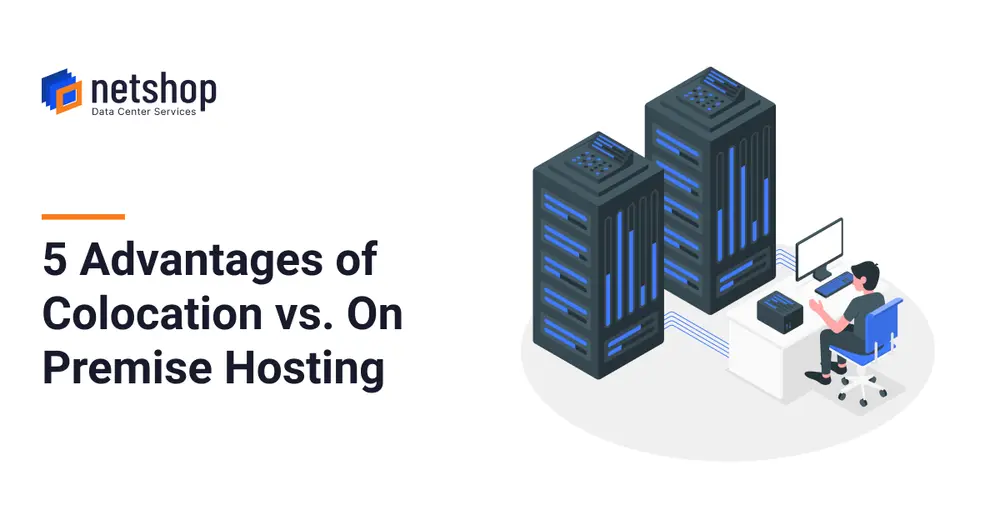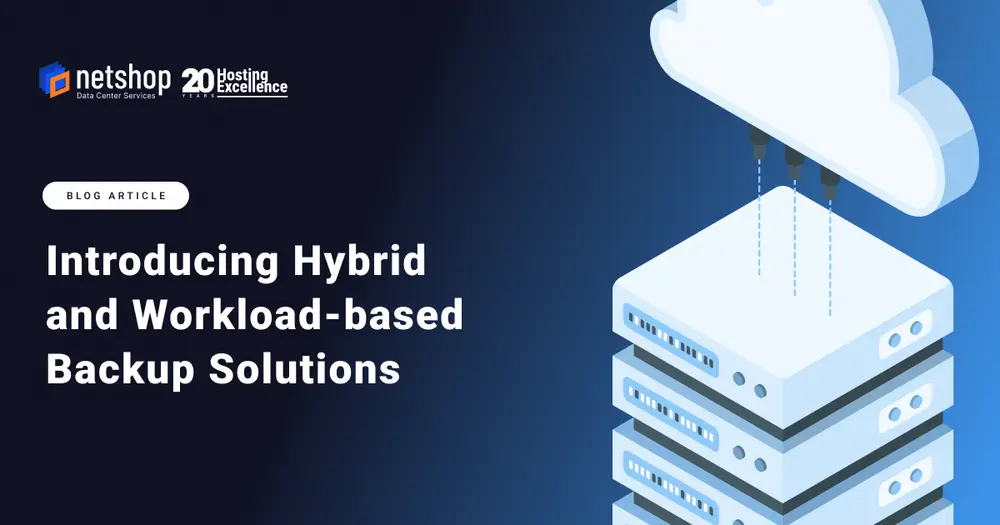If you are looking for a powerful Content Management System (CMS) to build and host an e-commerce website, Magento is, probably, the best option around. Magento was first released in 2008 and, later on, in 2018 was acquired by Adobe at a price of $1.68 billion.
In contrast to other CMS systems (WordPress, Joomla, Drupal, etc), Magento requires higher specifications on the hosting environment in order to perform better and faster. In this article we will discuss what Magento 2 hardware requirements are for a decent performance.
Hosting Magento 2 on Dedicated or Virtual Server?
One of the most common questions by developers and business owners is whether Shared hosting is suitable for the Magento 2 platform.
Technically, Magento 2 can be installed on a Shared web hosting plan. Your hosting provider may need to install some additional packages and libraries in order for the Magento to be installed without errors.
Running Magento on a shared hosting environment will have in impact on its performance. From our own experience as well as the official recommendation by Magento’s developers, it’s highly recommended to go for a VPS or even a Dedicated Server for hosting.
Recommended Hardware Requirements for Magento 2
The following recommendations are based on our experience with a large database of our customers who use Magento 2.4.x.
CPU Cores
If you are hosting Magento 2 (M2) on Virtual Server look for a plan that offers 2 vCPU or higher.
For Dedicated Servers it is recommended that you go for a plan that offers Quad Core 2.4GHz or higher.
RAM Memory
According to the official Magento 2 system requirements your server (virtual or dedicated) will need at least 2GB of RAM.
Disks
For a Magento 2 system to be used in production you should use only SSD drives due to the frequent read/write operations.
In terms of disk size you should choose a capacity of 20GB or higher. For e-commerce stores with thousands of products added you may consider 100GB of SSD storage.
Tips for Magento 2 Speed Performance
Based on experience for optimizing Magento e-commerce platforms, you may consider the following tips in order to speed up your Magento 2 store.
Caching
Caching is one of the most effective ways to improve website performance.
The Adobe Commerce and Magento Open Source page cache library contains a simple PHP reverse proxy that enables full page caching out of the box. A reverse proxy acts as an intermediary between visitors and your application and can reduce the load on your server.
Most popular and recommended caching tool is Varnish. However you can use the default caching mechanism provided by Magento 2, which stores cache files in any of the following:
- File system (You don’t need to do anything to use file-based caching.)
- Database
- Redis
High Network between Magento Nodes
To achieve the highest performance of your Magento 2 store you need sufficient network bandwidth and low latency among your web server node(s), database(s) and caching server(s). This will help to prevent bottlenecks on read/write operations.
If you are deploying a single server for all Magento components then you only need to ensure a high speed public network, such as 1Gbit.
Get Fully Managed VPS for Magento
Magento 2 is a great CMS for running and managing an e-commerce store. One of the most popular VPS plans our customers use to get started is the DUAL VPS in Amsterdam which comes with 2 vCPU, 2GB RAM, 60GB SSD.
During checkout you may choose to have a Fully Managed Hosting service for just €45 per month. In this way you can concentrate on managing your e-commerce business and let us manage the hosting environment for you.





















